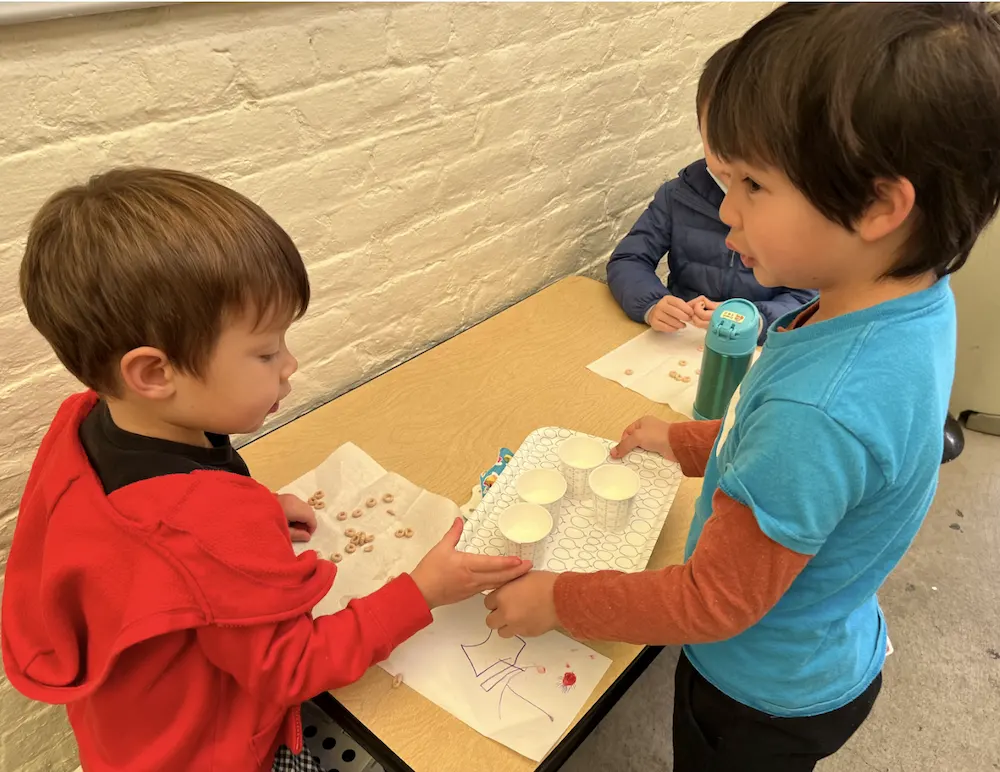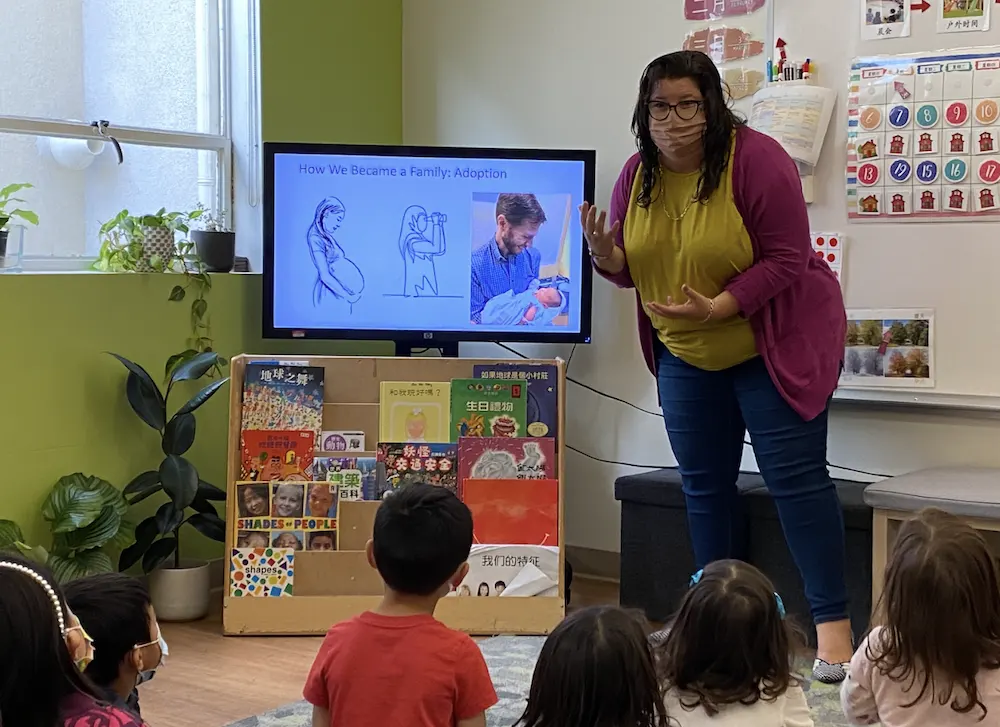
Play and socialization are the most important “work” of early childhood as they are essential to healthy development for children. Research shows that 75% of brain development occurs after birth. The activities children engage in both stimulate and influence the pattern of the connections made between the nerve cells. This process influences the development of fine and gross motor skills, language, socialization, personal awareness, emotional well-being, creativity, problem-solving, and learning ability.

At Preschool age, children are learning how to navigate social scenarios, such as when and how to join in with others, taking turns, conversation skills, emotion regulation, frustration tolerance, emotional expression and more. These lessons seem simple, but they are foundational to healthy social development. Around this age, young children begin to understand the value of friendships that help them develop a sense of identity. Even prior to kindergarten, kids show a preference for certain friends, helping them discover what traits they value most.In the past month, children have continued to explore the first unit of study, “Who Am I, Who Are You” and learn about the concept of “myself” and “my family.” Children tend to thrive when they come to understand there are varying family structures and that all families are wonderful, so long as the people in them love and care about each other. This repeated message helps children feel secure. Teaching children about showing appreciation to others’ uniqueness helps them to see the differences and things in common in the concept of family, respect, and love. By recognizing the uniqueness of each other and their family, it broadens children’s awareness of their own and others’ cultural experiences, which is a crucial building block of our Inclusion and Kindness Core Values.
To continue supporting children’s learning in the first unit of study, we encourage family members to read at home with their kids and stay involved in their children’s educational experience. Here is a booklist providing by Cristina Calcagno, Director of Curriculum, Instruction, and Professional Development:
- It’s OK to Be Different, Be Who You Are, The Family Book by Todd Parr
- Sonya Sotomayer’s Just Ask
- Marvelous Me by Lisa Marie Bullard
- I Like Myself by Karen Beaumont
Family Art Activity: each family member talks about what they like best about themselves, and creates a piece of art (painting, drawing, collage) to display in the home
- Whoever You Are by Mem Fox
- Many more All About Me-themed books and activities here!

